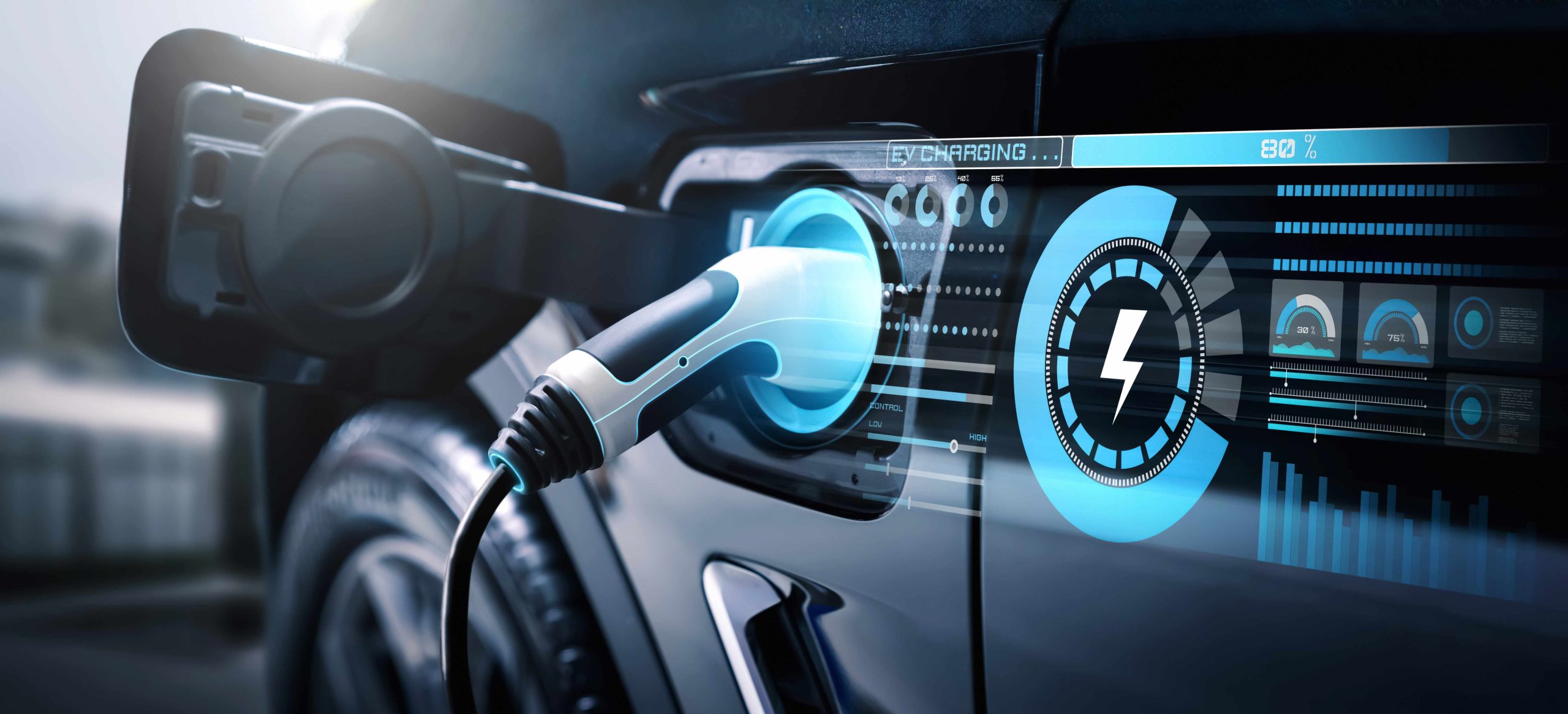
The EV Charging Infrastructure Virtual Conference was organized by MetaTech, which was a virtual conference comprising participants from EVSE space, energy companies, academicians, and consulting companies. The forum comprised small and medium companies.
As a speaker at the conference, I presented F&S capabilities on key opportunities arising within the V2X space, with a specific focus on recommendations for EVSE companies. I also discussed how Frost & Sullivan has been supporting the industry within this space with case study illustrations.
Here are the key takeaways and insights from the EV Charging Infrastructure Virtual Conference:
- Investment, financing, and consolidation are on the rise within the EVSE landscape.
- The last few years have been very dynamic within the charging infrastructure business due to economic uncertainties. A trend of a fragmented market taking the path of consolidation is around the corner.
- Activities in debt raise, equity raise, M&A, and securing energy for a portfolio of chargers are on the rise.
- Capital-intensive activities are noticed in private land AC/DC destination charging and HPC highway charging (the new segment is trucks).
- EV truck fleet lease + onsite installation + operation + maintenance + CS route network are the new sectors attracting investments.
- VC + PE firms are investing in development & construction companies, PE + Infra funds are investing in construction & operational projects and infra funds + pension funds are contributing to operational projects.
- Digital assets have high evaluations.
- V2X marketplace is on the rise. Good discussions derived on trends in the Midwest region.
- V2G platforms capable of scheduling, operation, reporting, event notification, site + building load monitoring, and all of this combined with analytics has a winning value proposition. The value is in customizing the platform for an SME or site.
- Business model – partnership model for charging stations, home integration, and front of the meter.
- Business case – Over 10 years about $56k swing in customer value. A single directional charger contributes to energy spends of $33.5k on average vs V2G chargers earning a $23k profit in the same period.
- Up to $400+ savings per billing year in Plymouth State University and $3k+ savings from demand response from the V2X charging platform in Roanoke Electric Cooperative.
- Critical element – software with no “downtime”.
- Challenges and Opportunities for widespread EV infrastructure network:
- USA has 170K charge stations vs 3.4M globally, significantly falling behind. By 2030, market potential is $100B+, GR 26% providing good opportunity.
- Insufficient coverage and uneven distribution create “charging deserts.”
- Reliability, accessibility, and compatibility issues (limited access and not all chargers fit for all).
- EVCS customer-centric software has tremendous opportunity. The key advantage is monetization for LNP (models of operations to monetize machines at a business).
- Business case: OWN & OPERATE – own 100% of revenue (vs current model of most charging stations having revenue sharing agreement with site hosts)
- Core revenue can be targeted from (a) Sales of energy (b) Amenities and (c) Marketing adds.
- Additional streams – (a) carbon credits (b) data sales [ever expanding use cases] and (c) funding, incentives, and rebates.
- EV technicians and training for E&E repair and servicing is the major challenge at the moment in the USA. Lack of skill is causing reliability, longer turnaround schedules, and technician shortages.
- Challenge from home charging installations is the development of reliable electrical contractors. Currently, the market is sporadic, with many options in the market and non-standardization, there is a certain degree of product misunderstanding and installation irregularities.
Conclusion:
The event highlighted the multifaceted challenges and innovative models required to build a strong EV charging station business case within the USA. The learning and knowledge sharing was satisfactory; however, a couple of exhibitors expressed a walk-in conference provides a better experience. Virtual booths do give a substitute for interpersonal connect but the old-school exchange of business cards has its place.
About Frost & Sullivan:
Frost & Sullivan, the growth pipeline company, enables clients to accelerate growth and achieve best-in-class positions in growth, innovation, and leadership. The company’s Growth Pipeline as a Service provides the CEO’s Growth Team with transformational strategies and best-practice models to drive the generation, evaluation, and implementation of powerful growth opportunities. Let us coach you on your transformational journey, while we actively support you in fostering collaborative initiatives within your industry’s ecosystem. Our transformation journey is fueled by four powerful components, ensuring your success in navigating the ever-changing landscape of your industry.
- Schedule a complementary Growth Dialog with our team to dive deeper into transformational strategies and explore specific needs within your company.
- Become a Frost Growth Expert in your area of specialization and share your expertise and passion with the community through our think tanks.
- Join Frost & Sullivan’s Growth Council and become an integral member of a dynamic community focused on identifying growth opportunities and addressing critical challenges that influence your industry.
- Designate your company as a Companies2Action to increase exposure to investors, new M&A opportunities, and other growth prospects for your business.




